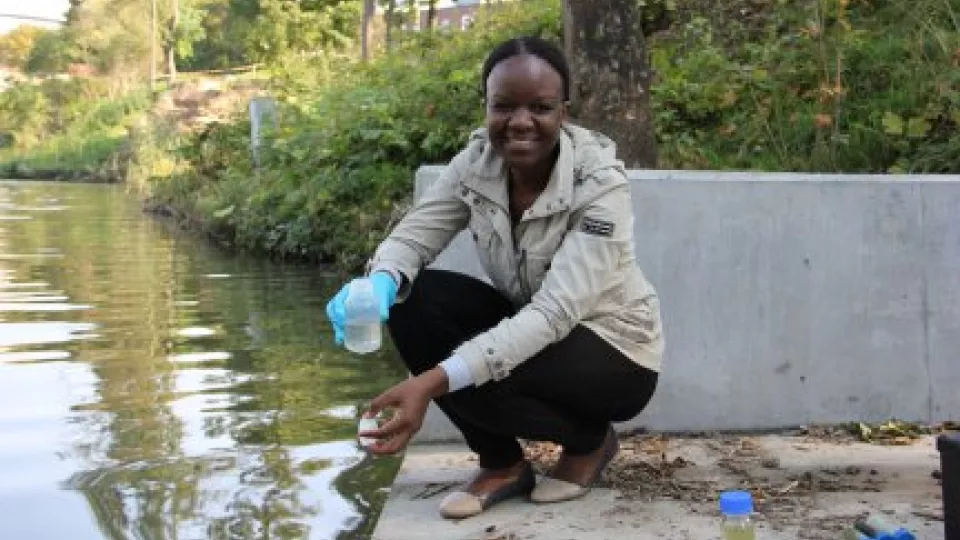WATCH: New technique can trace toxic algae in drinking water
A biosensor recently developed at Lund University can detect substances at 10,000 times lower concentrations than what is currently possible. PhD student Lesedi Lebogang found a practical application that could be particularly helpful in warm climates such as Africa, Australia and the southern United States, where drinking water is affected.
Toxic algae, or cyanobacteria, is seen increasingly around the world, as a result of over-fertilization and global warming. Early detection could save lives and make efforts to clean up drinking water sources easier and more efficient. The technique uses a portable, affordable and quick to use device.
So how does the detector work? Simply put, the sensor picks up small biochemical signals which are then amplified and converted into measurable electric signals.
Lebogang was able to further develop the sensor by using adding antibody chemicals that track toxins in cyanobacteria. When the bacteria burst, they release a variety of toxins that the antibodies respond to, and the sensor reacts.
”Adapting the analytical system to a real life situation was the most challenging part of the research”, explains Lesedi Lebogang.
The detector device was developed by biotechnology researchers Bo Mattiasson and Martin Hedström at Lund University. Another application being investigated by the research team is early HIV detection, something that the FDA in the United States is evaluating. While current HIV diagnosis methods primarily measure antibodies, this method can measure extremely low levels of virus marker protein p24, which sits on the virus surface and is released into the bloodstream.
Publication:
Contact:
Lesedi Lebogang
lesedi [dot] lebogang [at] biotek [dot] lu [dot] se
